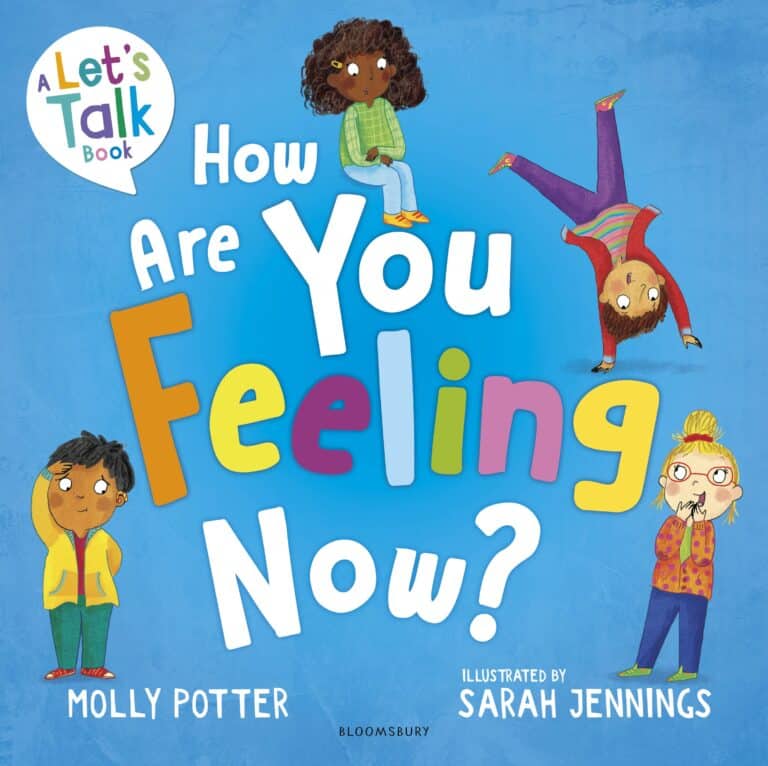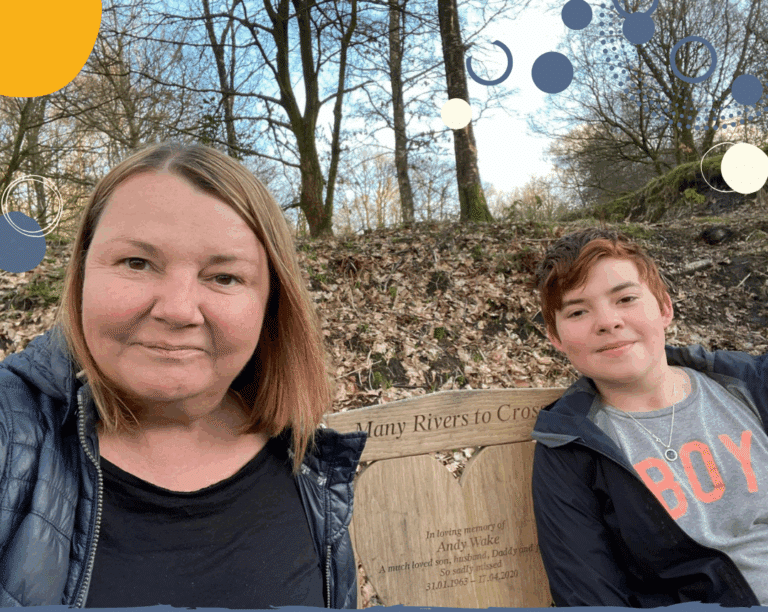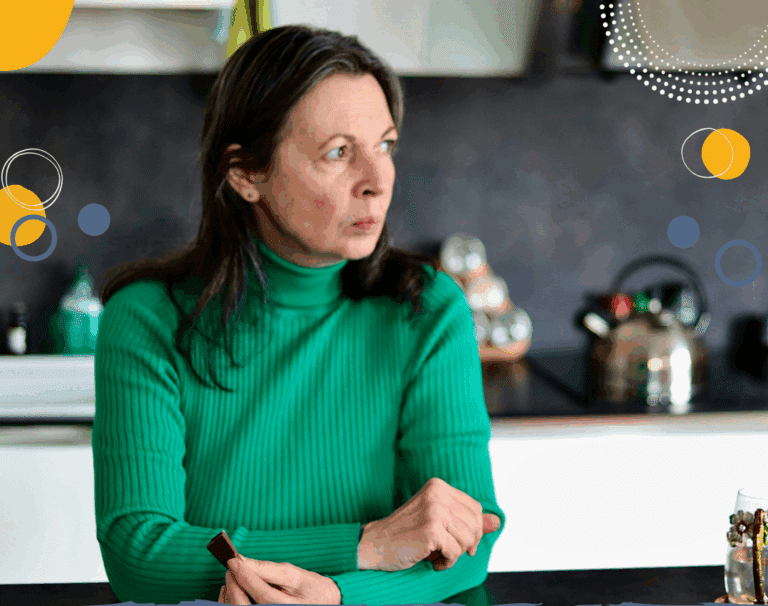How Are You Feeling Now? Interview with children’s author Molly Potter
Molly Potter is a best-selling children’s author whose books help parents and children talk about feelings and other tricky topics. I’m a huge fan of her books, so I was delighted to have the chance to ask her about her work. Her latest book (How Are You Feeling Now?) is out now.
(This post contains affiliate links*)
Molly, what led you to start writing children’s books?
When I was a mainstream primary school teacher, colleagues would often borrow my more unusual and creative ideas to use with their own classes. I hadn’t thought anything of this until repeatedly I was told I should try and get these ideas published. Several years later, I bought the Writers’ Handbook and followed its instructions to put some samples, a rationale and CV together and send them off. I was absolutely delighted when I received an email stating interest from a publisher. In 2007, my first two books were born, called Outside the Box for two different age ranges. I still love these books as they remind me of my early days in teaching!
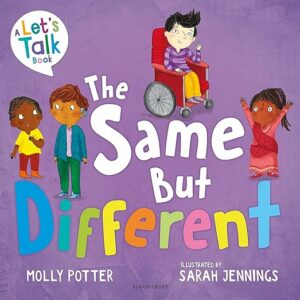
What makes a great children’s book in your opinion?
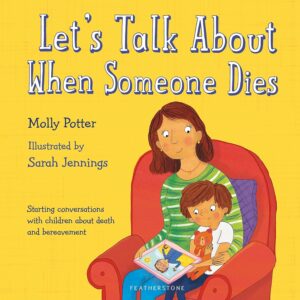
I will also add something based on personal experience as a young child: that for me a great book required interesting pictures! I was slow at learning to read so it was the illustrations that kept me entertained. I feel I could have disengaged with books altogether if there had not been pictures to lose myself in.
What role do books play in supporting young children’s mental and emotional wellbeing?
The Reading Well organisation acknowledges research that demonstrates the positive impact on mental health that reading has. They consider two benefits of reading: that of self-help that can be gained from information in books as well as the relaxation and calming aspect of losing yourself in a good book. The Reading Well book list is selected by experts for maximum impact and they ensure copies of each book can be found in public libraries. It is an honour that two of my books have been included in this list, How Are You Feeling Today? and What’s Going On Inside Your Head? The first book helps children develop emotional intelligence and the second gives children ideas for maintaining positive mental health habits.
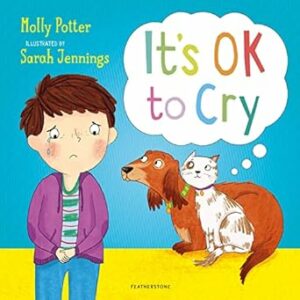
As a teacher, it was easy to spot the children that totally loved reading – probably for the same reasons that I have just described. When a reading session ended, they would be reluctant to return to the ‘real world’. The escapism a story provides, appears to reduce stress and be extremely calming. This was equally true of children who loved to listen when I read a book to them.
What’s your top tip for parents when reading books with their children?
I think a lot of the pleasure of books comes from reflecting upon its content. Because of this, I rarely just read a book to children! Discussing how the story made you feel, the bits you liked best, what feelings the characters have at different moments in the story, deciding who you’d most like to be friends with in the story, the pages you’d most like to step into etc., ‘milks’ the pleasure of a book further.
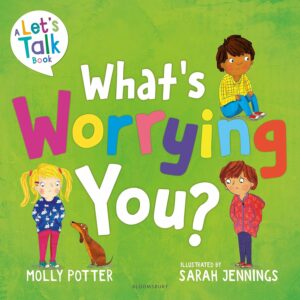
I’ll also just add that I often find younger children love repetition when it comes to books. As much as it can sometimes be boring for you to read a book for the umpteenth time, the familiarity of a book seems to soothe a child. You can nearly always find a new thing to consider, however many times you read a book!
Tell us about your 5-minutes-a-day for feelings campaign
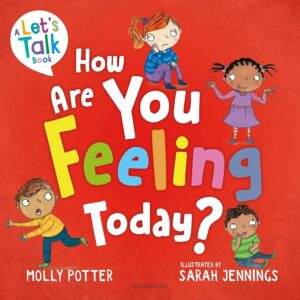
I know parents are really busy, but a five-minutes check-in with children at the end of a day can go a long way. You can explore with children – through their feelings – the high and low points of their day, any friendship issues, worries they might have had about lessons and any issues that arose at playtime, for example. If your child becomes used to this ‘debrief’, they will start to feel like they have a secure and guaranteed place to express any difficulties. Such sessions won’t necessarily be about finding solutions to any problems but in sharing their feelings, they will feel better.
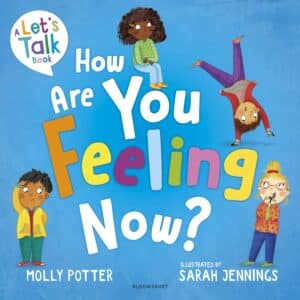
The books in my Let’s Talk series lend themselves really well to these 5-minute bedtime, sharing conversations as they explore emotions, friendship issues, worries and differences, amongst other things. They can sit by the bed to provide a useful beside reminder to do a ‘check-in’ with your child as well as providing prompts for exploring your child’s issues of the day.
Molly Potter’s new book HOW ARE YOU FEELING NOW? (illustrated by Sarah Jennings) is published by Bloomsbury Education. For more details, visit www.mollypotter.com.
*This post contains affiliate links which means that if you click through from this post and buy a book, the Positive Parenting Project will receive a small commission. There is no additional charge to you. This helps us keep providing free content. For more info, see Disclosure Notice.


